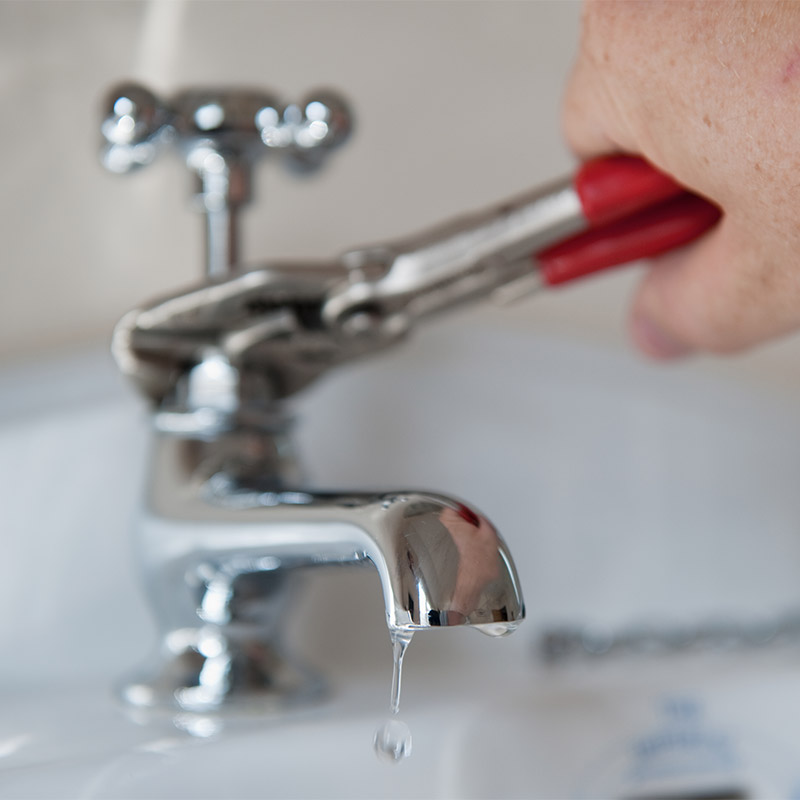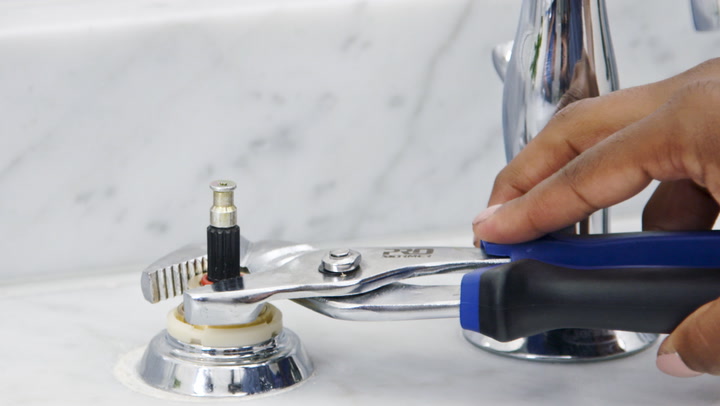Discovering the Significance of Correcting a Malfunctioning Faucet
Discovering the Significance of Correcting a Malfunctioning Faucet
Blog Article
This great article further down about Why Is It Important To Fix Your Leaking Tap/Faucet? is rather insightful. Check it out for yourself and see what you think of it.

Leaking faucets might appear like a small trouble, yet their impact goes beyond just the nuisance of the sound. From wasting water to incurring unnecessary economic costs and wellness risks, disregarding a trickling tap can result in different effects. In this post, we'll explore why it's critical to resolve this common household issue quickly and successfully.
Waste of Water
Ecological Influence
Dripping faucets add dramatically to water wastage. According to the Environmental Protection Agency (EPA), a single faucet dripping at one drip per second can waste more than 3,000 gallons of water per year. This not only strains water resources but additionally influences ecosystems and wildlife dependent on them.
Step-by-Step Guide to Fixing a Dripping Tap
Devices Needed
Prior to attempting to repair a dripping faucet, gather the needed devices, consisting of an adjustable wrench, screwdrivers, substitute components (such as washing machines or cartridges), and plumber's tape.
Common Faucet Issues and Their Solutions
Recognize the sort of faucet and the particular problem causing the drip. Typical issues include worn-out washing machines, rusty valve seats, or defective O-rings. Refer to manufacturer instructions or online tutorials for detailed advice on repair services.
Financial Expenses
Boosted Water Expenses
Beyond the ecological effect, dripping taps can pump up water bills considerably. The collected waste gradually equates into greater energy expenses, which can have been prevented with prompt fixings.
Prospective Home Damage
In addition, extended trickling can result in harm to fixtures and surface areas surrounding the tap. Water accumulation can create staining, deterioration, and even architectural concerns if left ignored, causing additional fixing costs.
Wellness Concerns
Mold and Mildew Growth
The consistent presence of wetness from a trickling faucet develops an optimal setting for mold and mildew development. These fungi not only endanger indoor air top quality yet also present health and wellness risks, specifically for people with breathing problems or allergic reactions.
Waterborne Illness
Stationary water in trickling faucets can become a breeding place for bacteria and various other pathogens, increasing the threat of waterborne diseases. Pollutants such as Legionella germs thrive in stationary water, potentially bring about major ailments when ingested or inhaled.
Do it yourself vs. Professional Repair work
Advantages and disadvantages of Do It Yourself Repair Work
While some may attempt to repair a leaking faucet themselves, do it yourself repair work feature their own set of challenges. Without proper knowledge and tools, DIY attempts can intensify the concern or bring about insufficient repairs, prolonging the issue.
Benefits of Hiring a Professional Plumber
Hiring a professional plumber ensures that the underlying cause of the trickling tap is resolved successfully. Plumbing professionals have the experience and tools to identify and repair faucet concerns successfully, saving time and reducing the risk of further damages.
Ecological Obligation
Individual Contribution to Preservation
Taking duty for taking care of dripping taps straightens with wider efforts towards water preservation and environmental sustainability. Every person's actions jointly make a substantial influence on maintaining valuable resources.
Lasting Living Practices
By prioritizing prompt fixings and embracing water-saving practices, people add to sustainable living methods that benefit both existing and future generations.
Preventive Measures
Normal Maintenance Tips
To prevent leaking faucets, do routine upkeep such as cleaning up aerators, evaluating for leaks, and changing worn-out components promptly. In addition, consider mounting water-saving devices or updating to more effective components.
Significance of Prompt Services
Attending to trickling faucets as quickly as they're noticed stops more water wastage and possible damages, eventually conserving both water and cash over time.
Influence On Home Worth
Perception of Well-Maintained Residential Property
Maintaining a building in good condition, including dealing with upkeep concerns like dripping faucets, improves its regarded worth and worth among potential purchasers or lessees.
Impact on Resale Worth
Characteristics with well-kept plumbing components, consisting of taps, command greater resale worths in the real estate market. Addressing leaking faucets can contribute to a positive perception throughout residential property examinations and arrangements.
Conclusion
Addressing a dripping faucet goes beyond mere benefit; it's a vital action towards saving water, minimizing monetary expenses, and securing health and wellness and building. Whether via do it yourself fixings or specialist help, acting to take care of leaking faucets is a small yet impactful way to advertise liable stewardship of sources and contribute to a healthier, more lasting future.
Most Common Reasons for a Leaky Faucet and How to Stop the Drip
Whether it’s your kitchen faucet leaking or a bathroom faucet leaking, one leaky faucet can waste anywhere from three to 30 gallons of water every single day. If the constant drip-drip-drip doesn’t get your attention, your water bill will. The good news is that, by following a few simple steps, chances are pretty good you can fix the problem yourself.
Why is it dripping?
Before you start taking things apart, let’s break down some of the most common causes of a leaky faucet.
Bad O-ring.
A cartridge is a valve that controls the flow of water into the faucet spout. On cartridge faucets there’s an O-ring—the little disc attached to the stem screw that holds the faucet handle in place. If it’s loose or worn-out, it can cause your sink handle to leak. Of course, the cartridge itself could be worn out. If that’s the case, make sure you replace it with the exact same kind.
Corroded valve seat.
The valve seat connects the faucet and the spout. If the leak seems to be coming from the spout, it might be because a buildup of water sediment has corroded the valve seat.
Worn-out washers or seals.
A leaky spout could be caused by a bad washer that rests against the valve seat. It’s just a matter of time before friction takes its toll. It could also be the wrong size washer or one that’s been installed incorrectly. Water sediments can also corrode inlet and outlet seals.
Water pressure.
If the faucet only drips now and then, or when you turn the handles a certain way, you should probably check your home’s water pressure.
Loose or broken parts.
The adjusting ring and packing nuts in the stream screw can become loose over time, causing your sink handle to leak. Try tightening or replacing the packing nut. If the leak is coming from the pipes underneath the sink, you probably have a broken pipe or fitting. If that’s the case, you should definitely call a plumber.
Know your faucet.
Faucets come in a variety of types. Each one has its own assembly—and its own possible causes of leaks. Learning about the four most common kinds of faucets will help you know how to take them apart and make any repairs.
How to stop a leaky faucet
Fixing that leaky faucet doesn’t have to take a lot of time, money, or expertise. It’s usually a simple matter of replacing a worn-out washer or gasket, a loose O ring, or another part. Chances are really good you can do this yourself if you follow these simple steps.
Shut off the water.
Before you tackle the faucet, cut off the water supply to the sink. There should be one valve for hot and one for cold. Hand-turn them clockwise with your hands till they close. If there are no valves under the sink, head to the basement and shut off the main water supply to the house. Then turn on the faucet until it empties out the water that’s still in the line and you’re ready to start. It’s a good idea to cover the sink drain with a plug or a rag so you don’t lose any small pieces and parts while you’re working.

I am just very fascinated with Water Dripping from Faucet: Why and How to Fix and I'm hoping you liked the blog post. So long as you enjoyed reading our article if you please do not forget to pass it around. We cherish reading our article about Water Dripping from Faucet: Why and How to Fix.
Report this page